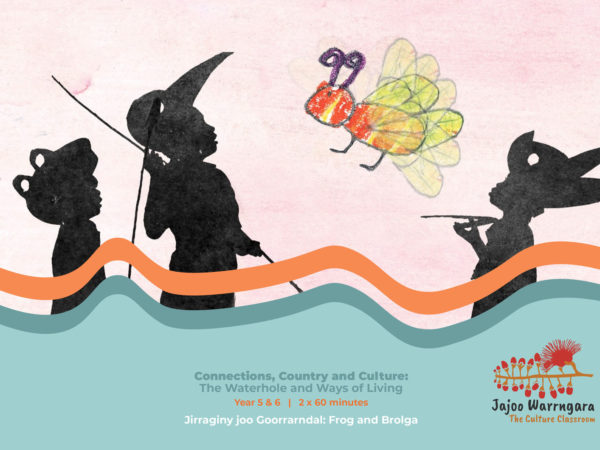Learning Areas
English | HASS | Health and Physical Education
In this unit
Students will build an understanding of culture and Country through exploring the
Jirraginy joo Goorrarndal: Frog and Brolga story and learning about Gija people. They will consider the significance of publicly sharing this creation story after the Gija people have shared it only with each other for thousands of years. Students will build meaning around
Jirraginy joo Goorrarndal: Frog and Brolga by learning about Gija people and Gija Country, its location and its characteristics, and the story which the Gija people have shared. Students research changes that have taken place both on Country and in ways of living today.
This unit includes:
Learning Areas
Cross Curriculum Priorities
Aboriginal and Torres Strait Islander Histories and Cultures
Related Units
Unit Content











